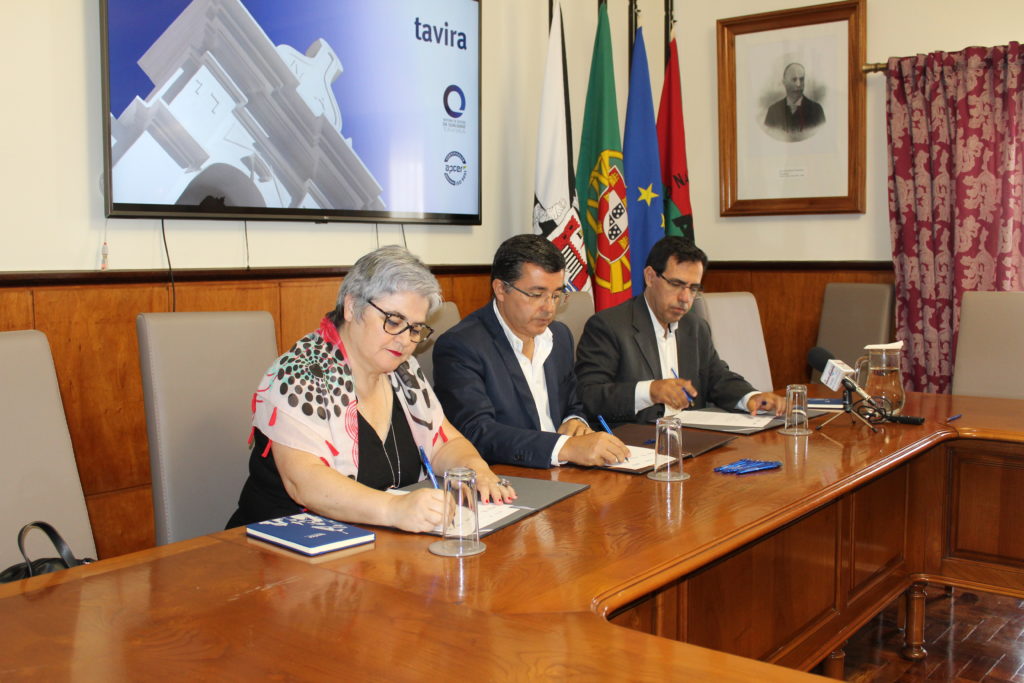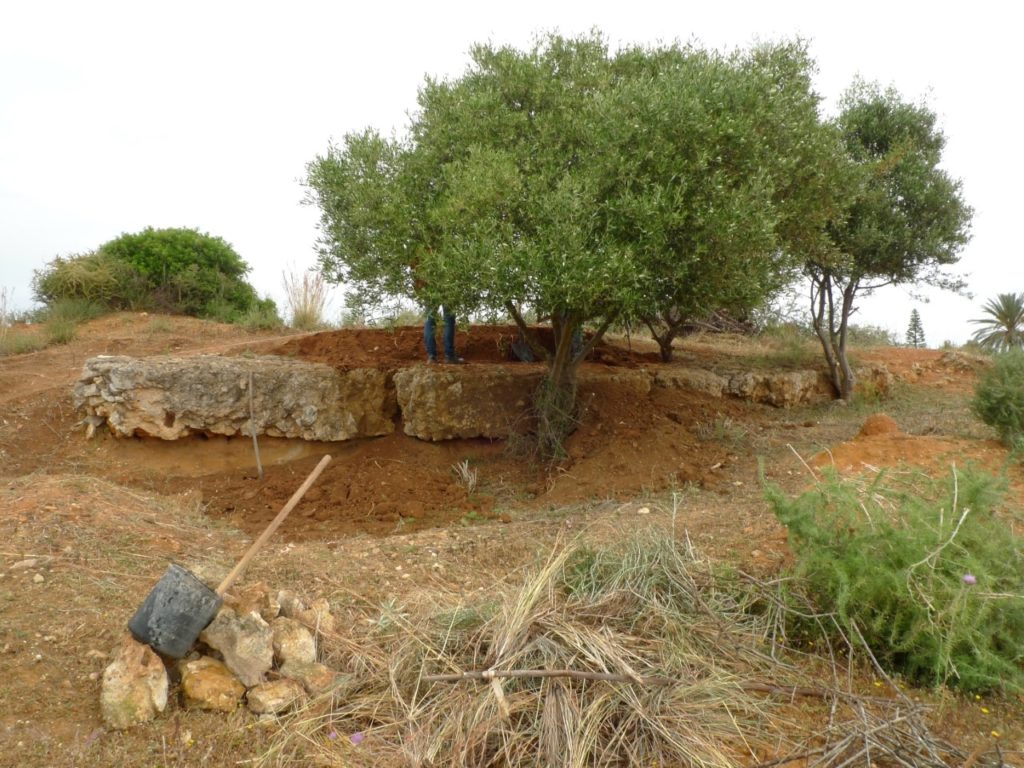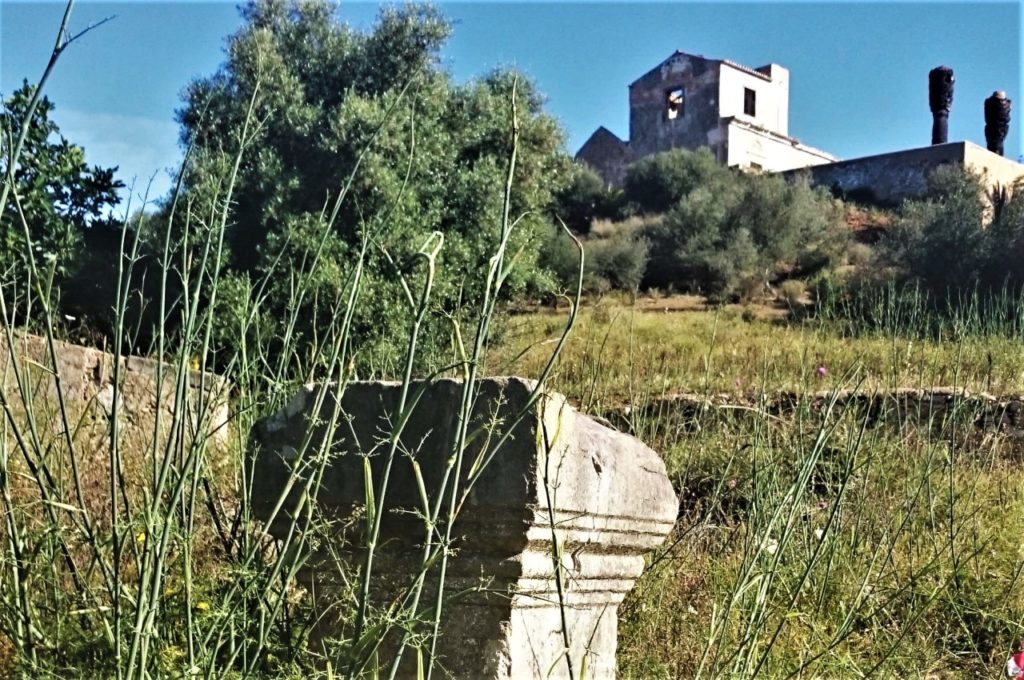The excavations to try to understand exactly where the Roman city of Balsa was built, about 2 years ago, and its real dimension begins today, the 19th, and will last until September 5th. The works now launched should be a first step towards the birth of a new archaeological museum and a visitable campus in the Torre de Aires area, in the parish of Luz de Tavira.
This Monday, in addition to the start of fieldwork, the presentation of the project “Balsa – in search of the origins of the Algarve”, by researcher João Pedro Bernardes, is scheduled for 18:30 at the Álvaro de Campos Municipal Library, of the University of the Algarve.
Over the next three years, archaeologists from UAlg, the Regional Directorate of Culture of the Algarve (DRCAlg) and the Câmara de Tavira will study the place where Balsa is thought to have existed, a city that is part of the imagination of the Tavirense and the Algarve and that is source of much speculation.
Among specialists, opinions on the real dimension and importance of Balsa differ. It is certain that there are some of the traces found there that point to the high importance of the city, namely «coins minted with the image of Balsa and the fact that Estácio da Veiga found very important and relevant things that are today central elements of the Museum of Archeology of Lisbon, where they were taken», according to Adriana Nogueira, Algarve's regional director of culture.
"These excavations may not provide a complete answer to the doubts that remain about Balsa, as people would like, but I think they will provide some answers", said the same responsible, on the sidelines of the signing ceremony of the collaboration protocol between UAlg, DRCAlg , the Câmara de Tavira and the Centro Ciência Viva de Tavira, for the operationalization and financing of this campaign.

Despite the importance of what was discovered by Estácio da Veiga, in the second half of the XNUMXth century, João Pedro Bernardes, coordinator of the campaign, puts water on the boil.
"It's not worth it for us to be thinking about very large flights or turning the Ferry into a Conímbriga, when no one knows what's there, or what might still be left." told the Sul Informação the professor and archaeologist from UAlg, on the sidelines of the lecture “The Roman city of Balsa and the Mediterranean identity of the Algarve”, which he delivered in May together with Cristina Tété Garcia (CEAACP/UAlg and DRCAlg).
Starting today and in the next three weeks, the archaeologists will return to the place where this historic Roman city once existed, after a first foray into the field in 2016 and 2017, very focused on geophysical prospecting.
But this time, the main objective is to start with the archaeological excavations themselves.
«Under the protocol that was signed, we intend to carry out geophysical surveys and excavations, to understand what we have in that space and define some structures. In a survey carried out previously, it was noticed that there were some structures», framed Adriana Nogueira.
“As this is a three-year project, a lot can be found. So I think at this point it's a little premature to anticipate what might be there. In September, when it's finished, we'll see what will exist there, because even among researchers there are different opinions», he stressed.

Also looking forward to what can be found at Quinta de Torre d'Aires, on whose land it is thought that Balsa may be located, is Jorge Botelho, the mayor of Tavira.
Even because the protocol that was signed “provides for the musealization, under the responsibility of the municipality”.
«At the limit, we have a place where what is being found, in progress, can be presented. But our idea is, in the end, to have a visitable campus, with an interpretive center and an Archaeological Museum, where the story of Balsa is told. Now, as it will be, exactly, we will have to see what can be done at the time», revealed the mayor of Tavir.
«Some pieces already exist, were removed from there [by Estácio da Veiga and taken to Lisbon] and could be concentrated. There are coins, pottery pieces, capitals and other remains. We know that it was an important city in terms of salt and fish», he said.
And, although the idea is to create something in the very place where Balsa existed, there is no intention “to alter the landscape. We want to do something right, of tranquility, to give you an idea of how the Romans lived at the time. We are talking about a slope facing the Ria Formosa and very close to it», concluded Jorge Botelho.
The archaeological excavations that began today will include the participation of archaeologists from UAlg, DRCAlg and the Câmara de Tavira, as well as university students, in a field-school logic, like the one in Cacela Velha, where excavations have also been carried out.
On September 5th, an Open Day will be promoted, in which the doors of the archaeological site of Balsa are open to the general public.



















Comments